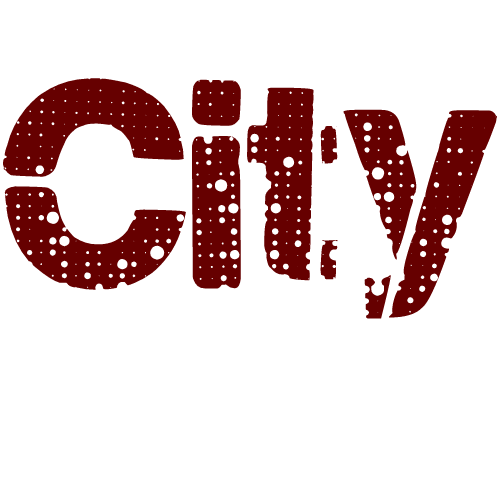City Fit Shop has put together a list what you should bring to the OCR races based on the distance and season of the race, what you should wear,, and recommendations on nutrition for all distances.
What To Wear
- No cotton.. Even panties. It chafes.
- Tight fitting clothing. Fitted tanks, t-shirts or long sleeves. You can wear a sports bra or go shirtless but your bare skin will pay for it. You can always shed layers, you can’t add what you don’t have.
- Arm bands are a great alternative to long sleeve shirts. Just slide them down when you are hot, and pull them up when you are cold.
- If you bring a long sleeve, bring a light-weight one that you can tie around your waist, but better yet bring one you won’t miss if you have to leave it.
- Wear tights that cover your knees. You will be crawling and it will save the scrapes and cuts. You can wear shorts with knee socks, below the knee capri’s, or full tights.
- Buffs and lightweight gloves are good to bring in cool temperatures. They are compact and easy to shove in a pocket, bra, or underwear. For longer races that climb up mountains these 2 items could be the difference between success and a DNF.
- Grippy gloves if you like using gloves in a race. Garden gloves are a great cheap option.
- FOOTWEAR!
- Trail shoes are your best bet for obstacle course races. You often run on uneven terrain that is wet and muddy. You want to look for something light-weight and that sheds water and mud quickly.
- You want to look for a shoe that has a fairly aggressive grip. Be careful not to go to aggressive as you do balance beams etc. and an aggressive tread can be challenging.
- Races do not wreck good trail shoes; they will last like any other good shoe. Don’t be afraid to invest in a good shoe.
- Fast Trax, MEC, Atmosphere all carry a wide selection of trail shoes.
- Trail shoes also double as great winter running shoes.
Longer Distance Considerations
If you are going to be out on the course for longer than 1.5 hours I would recommend bringing a camelback or backpack of some sort for carrying water. Again, choose light-weight and compact options as you will be crawling under things and it can be cumbersome with a large backpack. Plan for the likelihood that you will be wearing it through all obstacles
What To Bring
- A backpack for holding everything
- Your license
- Cash (for the swag and beer)
- Extra pair of shoes (Flip flops are great for warm races)
- Change of clothing (Don’t forget undies and socks)
- Small Towel
- Garbage Bag
- Wipes… Trust me the hose will not get you clean. I use Diaper Wipes
- Food (Protein and Carb)
What To Eat
Before a Race
- Start hydrating days before the race. Nothing crazy, just be aware of your water consumption.
- Have a big supper, lots of carbs for supper the night before your race.
- Eat a simple high carb breakfast 2 hours before your race. Oatmeal, cereal, and toast are great options. Bring a banana or simple card to snack on 1 hour to 45 minutes before the race. Keep that energy up! You can be waiting around for quite some time before you start.
Races Up to 8K
When you undertake a race 8 km of less there will be sufficient stores in your body for fuel if you walk the whole course. Races do have water stations. Check the race map before the race to see where these stations will be set up so you know where they are if you are concerned.
Races 8K to 15K
You need to consider time more so than distance. If the course is challenging and you believe you will be out there for more than 1 hour, you will want to bring food and water.
Camelbacks are great and hug close to the body for carrying water. They often have pockets for food as well.
Some great fuel options are Cliff Bars, Cliff Bloks, or Stingers, Jelly Belly’s, or a simple PB&J Sandwich. Whatever you eat you will want to practice eating before you race. See how your guts handle the fuel while exercising. Your body processes food differently exercising than it does at rest.
15K +
For longer distances cramping may be an issue:
Bring mustard packs and salt pills. Mustard packs will take away a sever cramp in 1 to 3 min, and the salt pill will keep the cramp away. I usually take salt pill 1 hour into the race, and continue to do so every hour or hour and a half. If you have had one you know this can be a debilitating and scary pain so best to keep it at bay.
This also brings up hydration other than water:
Electrolyte drinks or bring tablets like Nuun to put into water at the 1st station or second. Again, you will want to try this out on a practice run before using them in a race.
Post Race
Eat the snack you packed. It will be a high protein snack to help in recovery.
Drink a bottle of water. All of it. You will be dehydrated from the effort.

